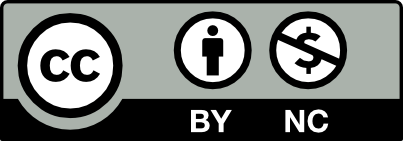Advanced search features are relatively consistent across databases. In most literature databases, the following tips can benefit you in designing a search strategy...
1.) Break down your search query into concepts and search each concept on a separate search bar. These search bars are separated by the boolean term AND. This will connect the search concepts and indicate the order of operations in a complex search.
Example:
Line 1: ADHD
AND
Line 2: diagnosis
AND
Line 3: children

2.) Use the boolean operator OR to string together synonyms or related terms for each concept...
Example:
Line 1: ADHD OR attention deficit hyperactivity disorder
AND
Line 2: diagnosis OR diagnosing OR diagnostics
AND
Line 3: children OR kids OR youth

3.) Use truncation. (When appropriate.) Adding an * (asterisk) to the end of a word will include alternate endings of that word. Similarly, removing several letters at the end of a word and including the * (asterisk) will find alternate stems of that word.
Example:
Line 1: ADHD OR attention deficit hyperactivity disorder
AND
Line 2: diagnos*
AND
Line 3: child* OR kids OR youth

4.) Use filters like the Peer-Review check box. These will appear after you have conducted your search along the right hand column, but may be especially helpful in refining your results.



